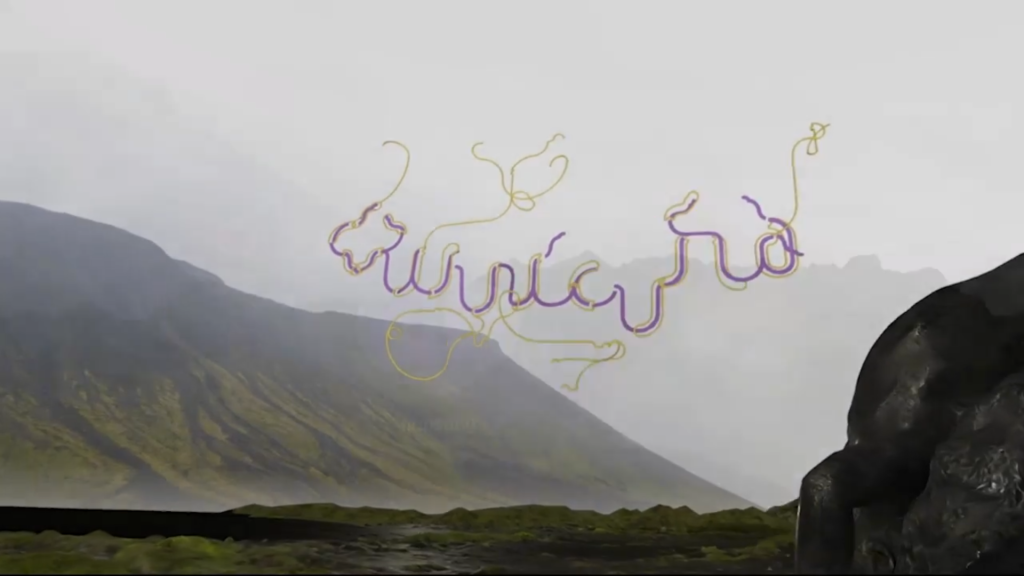
Björk has long been an apostle for the creative possibilities of VR and has also been keen to twist the album into new possibilities. Her creation of an iPad version of her Biophilia album back in 2011 was a sign of where she wanted to take things and she has now returned to her Vulnicura album from 2015 to push it into different shapes by drawing on cutting-edge VR technology.
The VR edition of Vulnicura, made up of nine different videos, is available through the Steam and Viveport digital stores for HTC’s Vive, Facebook’s Oculus Rift and the Valve Index headsets. It costs $24.99 and, while not as expensive as the recent £500 box set version of her Utopia album (including 14 handmade bird flutes), this is really for fans or VR enthusiasts thirsty for something more than just games.
The videos themselves are essentially a collection of the promos she made for the album between 2014 and 2016 now pulled together for new (VR) platforms. But rather than just wrap up old videos in new ribbons, there is also a 360º animated score by Stephen Malinowski, meaning the sound will change for the user/ viewer depending on how they move with the headset on.
“The whole process has been an improvisation, trying to keep faith in formats,” said Björk in a statement. “It is too easy for musicians to turn pessimistic after CDs have evaporated, but I wanted to try to have courage to grow along with how 360º sound and vision tech was growing. With every challenge try to turn it into an additional gift for the ideology in the music.”
This is not totally uncharted terrain for Björk and should rather be seen – as with her 360º video for ‘Stonemilker’ in 2015 or her immersive VR exhibition that opened in Somerset House in September 2016 and is now traveling the world (where many of these videos were first shown) – as part of a creative continuum where music and technology are melded.
She is obviously hugely passionate about the artistic opportunities and creative liberation here. “I know that 99% of people think VR is just for nerds with no hearts,” she recently told Ars Technica. “That it’s self delusional wanking and has no soul. But I’ve been answering questions like that since 1993 when my first album with drum machines came out […] Can there be soul in technology? Yes! If you put soul in it, there will be. That’s the same with anything. Electric guitar, bongo drum, whatever.”
While she is not completely an outlier, she is so far ahead of every other musician here that whoever comes in her wake and does something amazing with VR can only risk looking like an arriviste. That should, of course, not preclude others from seizing the possibilities here, but they need to treat it as seriously and as carefully as they do their own music. The lesson here is that if they just see VR as a bandwagon, they have to accept they cannot actually climb onboard a virtual vehicle.